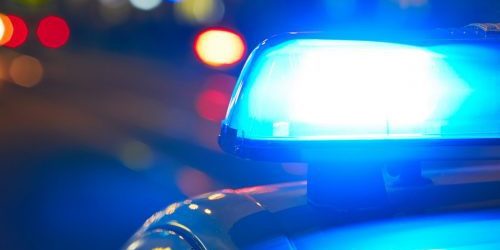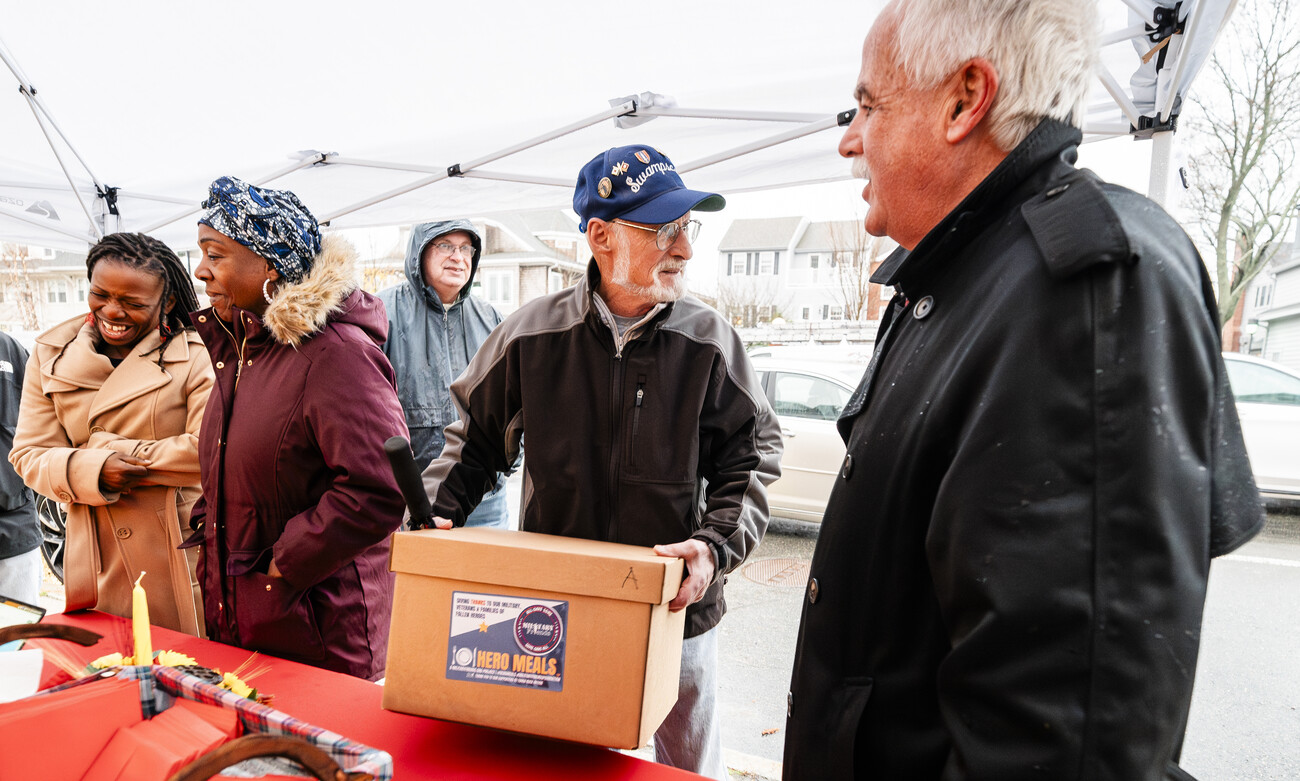

[ad_1]
Lamp posts in front of the Reserve Bank of Australia (RBA) building in Sydney, Australia, on Monday, Feb. 6, 2023.
Bloomberg | Bloomberg | Getty Images
The Reserve Bank of Australia on Tuesday again defied market expectations, raising its benchmark rate by 25 basis points to 4.1%.
Economists polled by Reuters were widely expecting the central bank to hold rates steady. Consequently, Australian stocks fell further on the news, with the S&P/ASX 200 last trading 1% lower. The Australian dollar was up by 0.73% to 0.6667 against the U.S. dollar shortly after the decision, with the central bank grappling with the latest inflation rate of 6.8% for the month of April.
Reserve Bank of Australia’s Governor Philip Lowe said while inflation in the nation may have “passed its peak,” there are still indicators showing inflation persisting.
“Recent data indicate that the upside risks to the inflation outlook have increased and the Board has responded to this,” Lowe said in Tuesday’s statement.
“This further increase in interest rates is to provide greater confidence that inflation will return to target within a reasonable timeframe,” Lowe added.
The central bank’s target for inflation is a range between 2% to 3%.
“If high inflation were to become entrenched in people’s expectations, it would be very costly to reduce later, involving even higher interest rates and a larger rise in unemployment,” Lowe said.
The governor’s statement added that there may be further rate hikes required to bring down the nation’s inflation rate, adding that it will “depend upon how the economy and inflation evolve.”
“Some further tightening of monetary policy may be required to ensure that inflation returns to target in a reasonable timeframe … The Board will continue to pay close attention to developments in the global economy, trends in household spending, and the outlook for inflation and the labour market,” Lowe said.
The central bank also highlighted the daunting task of averting a recession in the Australian economy.
It said in the statement: “The Board is still seeking to keep the economy on an even keel as inflation returns to the 2–3 per cent target range, but the path to achieving a soft landing remains a narrow one.”
HSBC’s Paul Bloxham added that the RBA’s aim to achieve a soft landing, or ending its hiking cycle without driving its economy into a recession, is getting more and more difficult.

“I think this makes the narrow pathway that the RBA governor has been referring to … that narrow pathway is getting narrower and narrower as we speak,” he told CNBC’s “Capital Connection” Tuesday.
In fact, Tuesday’s decision could indicate that a hard landing is a risk that the central bank is willing to take to tame elevated inflation levels.
“I think it’s getting harder and harder to believe that Australia isn’t going to have more of a slowdown in order to get inflation down, but the RBA has clearly decided today that that is the risk they’re prepared to take,” Bloxham said.
24World Media does not take any responsibility of the information you see on this page. The content this page contains is from independent third-party content provider. If you have any concerns regarding the content, please free to write us here: contact@24worldmedia.com

Zosia VanMeter becomes Director of Inspection

Saugus playground gets revamped – Itemlive

Fatal Mattituck fire raises questions about rental safety

Photos: CAST’s 5th Annual Festival of Trees lights up Treiber Farms in Peconic

Daily Update: Fatal Mattituck fire raises questions about rental safety

Lynn football luncheon scores big

Police Logs 11/27/24 – Itemlive

Marblehead strike settled – Itemlive

Four Classical greats honored in City Hall

Swampscott hosts Thanksgiving Hero Meals

Controversial project redesign OK’d in Peabody

LYSOA celebrates its relaunch with a new logo and expanded program